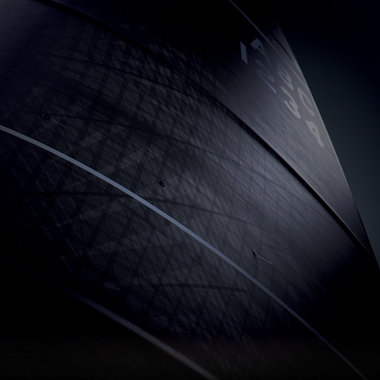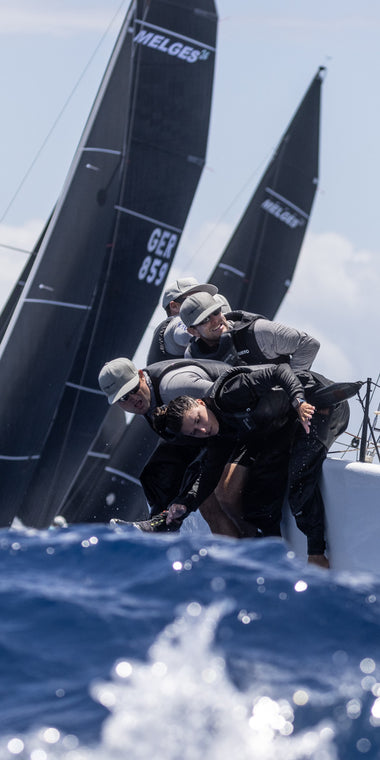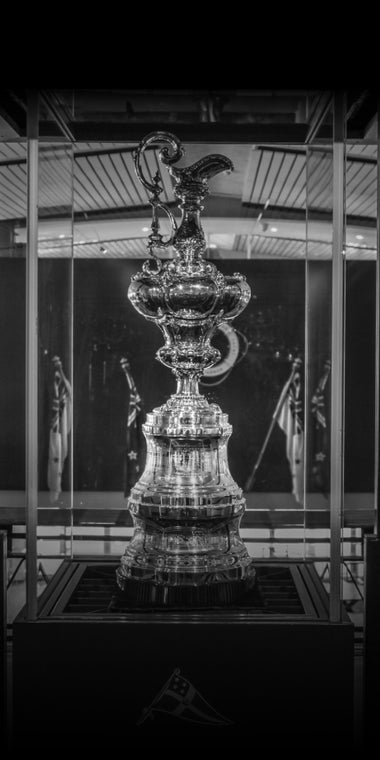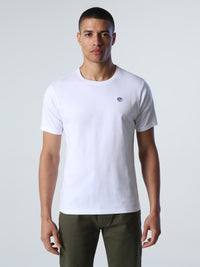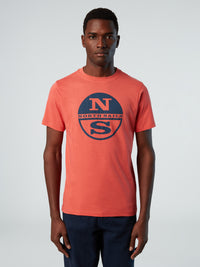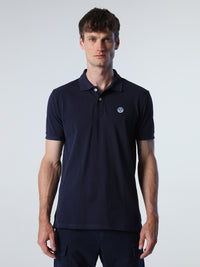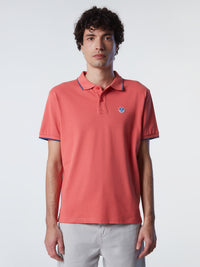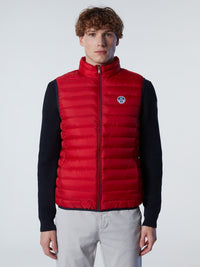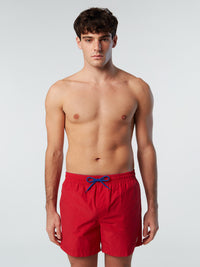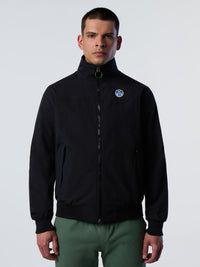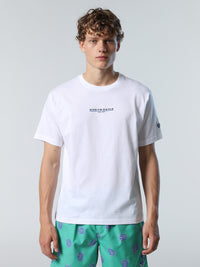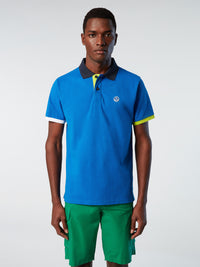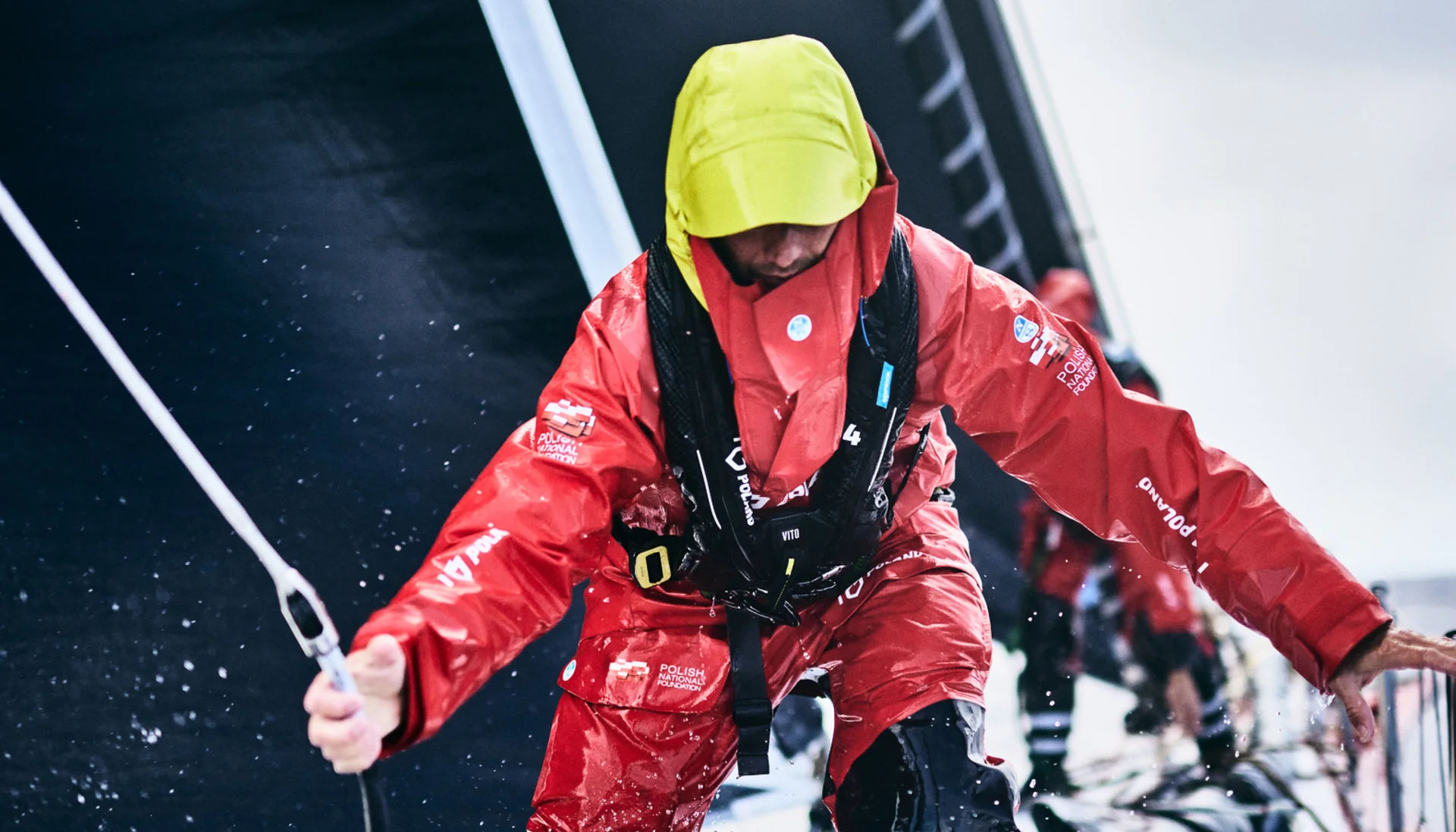WHEN ARE WRINKLES FAST?
WHEN ARE WRINKLES FAST?
Optimist Sail Designer Mike Marshall’s Guide to Identify the “Fast” Wrinkles from the “Slow” ones
When you look at your sail on the water, your eyes are usually drawn to any imperfections. Sometimes these are in the sail’s shape, but other times there are wrinkles in the sail. As air tries to flow over wrinkles, it becomes disturbed and slows. And if the air can’t travel as fast as possible across a sail, the sail may not be as efficient as it could be, therefore reducing boat speed.
Optimist sails are just as susceptible to wrinkles as any other boat’s sails are. But the good news is that most of the wrinkles that harm a sail’s performance can be removed with fine adjustments to the sail. The key to dealing with wrinkles is learning some basic facts about them, especially what causes the different kinds of wrinkles that may occur.
In most cases, wrinkles that you want to get rid of tend to expand from a source and form a line, which means that they will often point to their cause. For example, in an Opti sail it’s common to get wrinkles near the sail’s luff. In the photo below, you can see such wrinkles spreading away from the luff and along the sail. Notice how these wrinkles seem to be pointing to a specific sail tie. If this sail tie is too tight, it will pull the cloth in that area forward, causing wrinkles to form. When the sail tie is eased, the cloth should relax and the wrinkles smooth out.

It’s also important to know that all wrinkles aren’t necessarily bad. Because an Opti sail must cover a very large range of wind speeds, sometimes the sail will become deformed to fit a certain wind condition, and as a result wrinkles will appear. These wrinkles generally can’t be removed without changing the sail’s shape into a less desirable one. So you can think of these wrinkles as indicators that the shape of the sail is correct for the existing wind condition. For instance, a wrinkle along the sail’s foot that occurs in heavy air is a good indicator that the outhaul is tight enough. Another example is shown in the photo below where the sail has wrinkles perpendicular to the sprit. Such wrinkles may occur in very light air when the sprit is eased to create twist in the sail. The increase in twist allows the sail to be trimmed tighter while keeping the upper leech open, which helps pointing ability. Wrinkles may also occur in heavy air when the sprit is loose. As the sprit is eased, the top of the sail flattens and opens, depowering the sail and making the boat easier to keep flat. In either case, these wrinkles arise because the sail is being manipulated to give it the correct shape for the current winds.

So how do you tell the difference between these two types of wrinkles – the “bad” ones that are slowing your boat and the “good” ones that indicate your sail shape is right? A useful rule of thumb is to ask yourself if removing the wrinkle will make the shape of the sail better or worse for the condition you’re sailing in. If the shape will improve, then follow the line of the wrinkle to its source and fix the problem to remove the wrinkle and make the sail perform better. On the other hand, if you think you’ll detract from the shape of the sail by removing the wrinkle, leave the wrinkle in. This wrinkle is there because of the sail shape you’re trying to achieve, so consider it an indicator that the shape is correct. Eliminating this wrinkle would hurt the sail’s performance by making its shape less desirable. Another tip to help identify these “good” kinds of wrinkles is to keep in mind that they generally occur when you’re sailing in extreme conditions, such as very light or very heavy air.
Careful preparation of your sail before you race can help reduce the chances of “bad” wrinkles occurring. This preparation will make your racing less stressful and more fun. And as we all know, having fun is the most important rule of sailing!
WHAT’S THE NORTH DIFFERENCE?
It’s not just a catch phrase.. It’s our way of working.
It’s helping sailors of all ages and skill levels get better.. get smarter… get faster..
It’s our designers and Opti experts attending major events and clinics to get input from sailors, coaches and parents on how we can do things better to make sailing more fun for you.
It’s somewhere you can ask questions and get answers and support..
It’s fast sails, unequaled customer service and a desire to help our clients to GO BEYOND.
Sail with a North sail and see how we can work together to make a difference for you and join with other North Opti sailors from around the world who are seeing the difference sailing with a North Opti sail has made for them.

